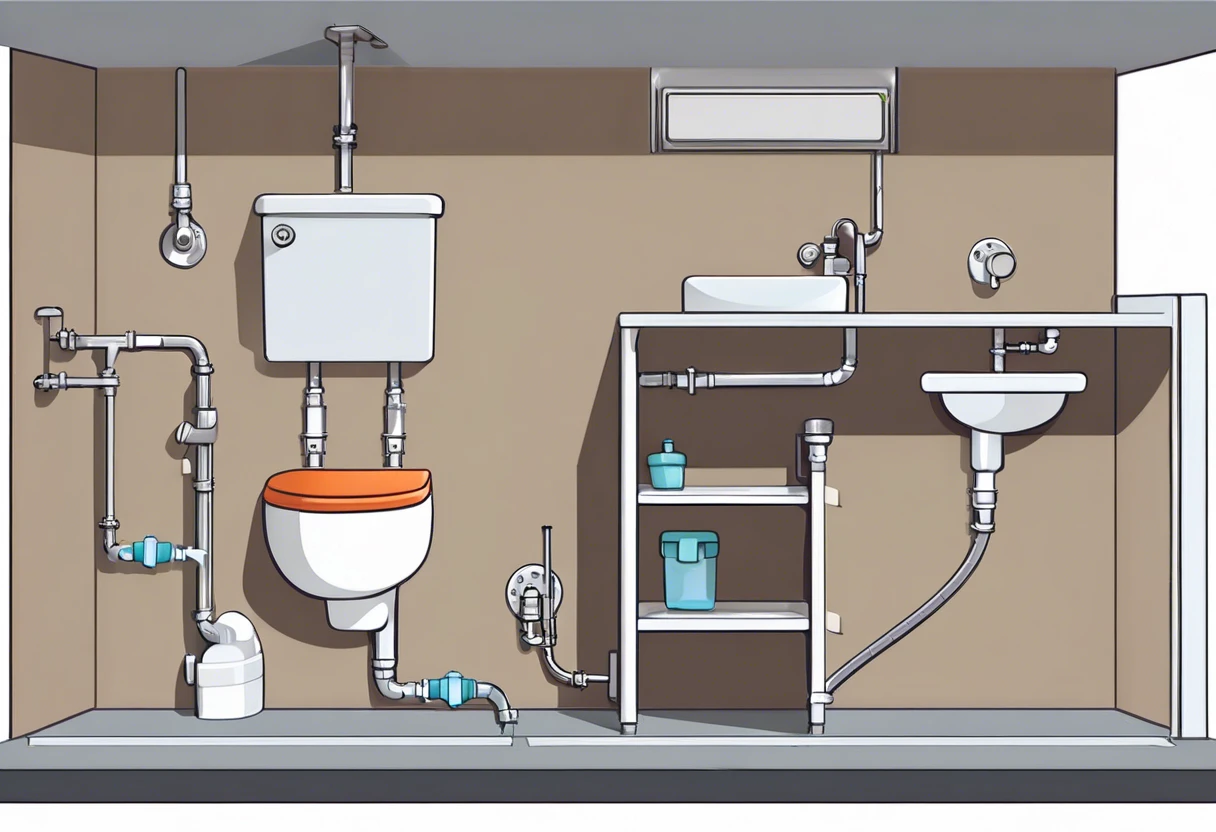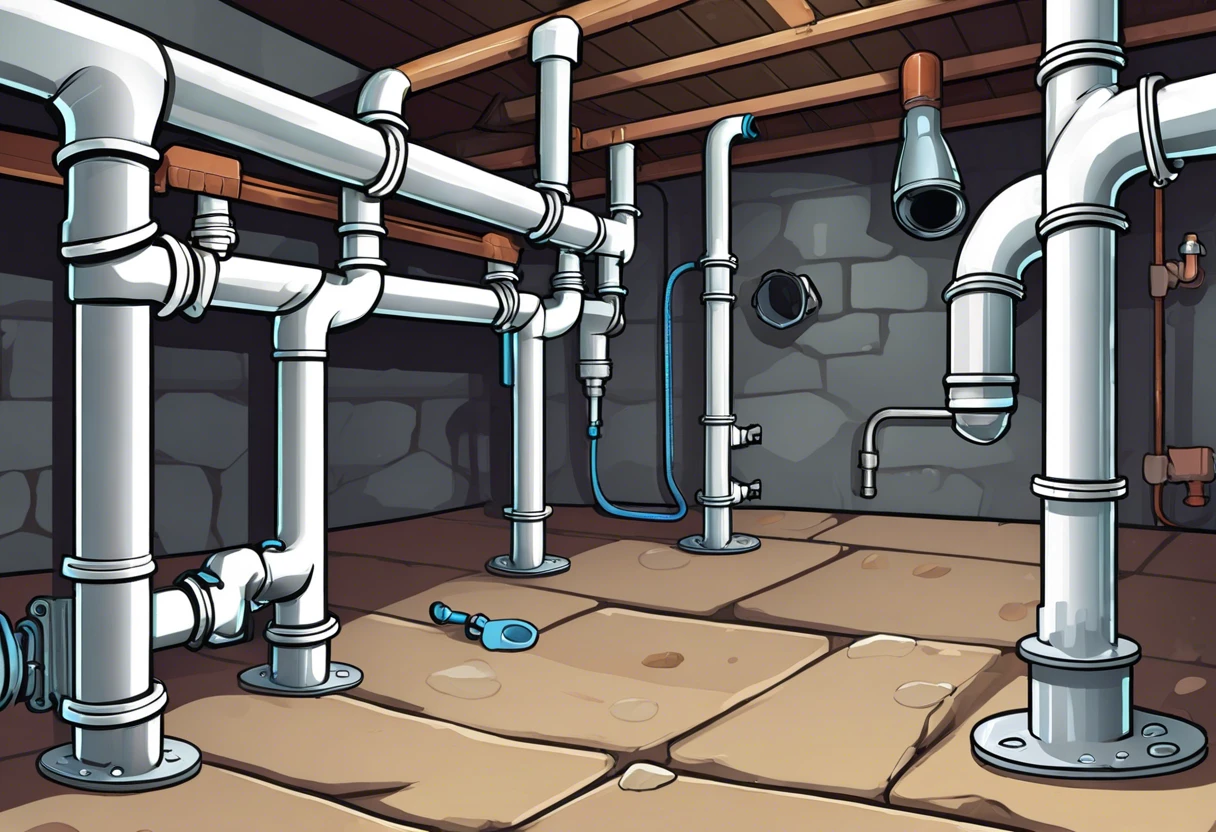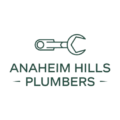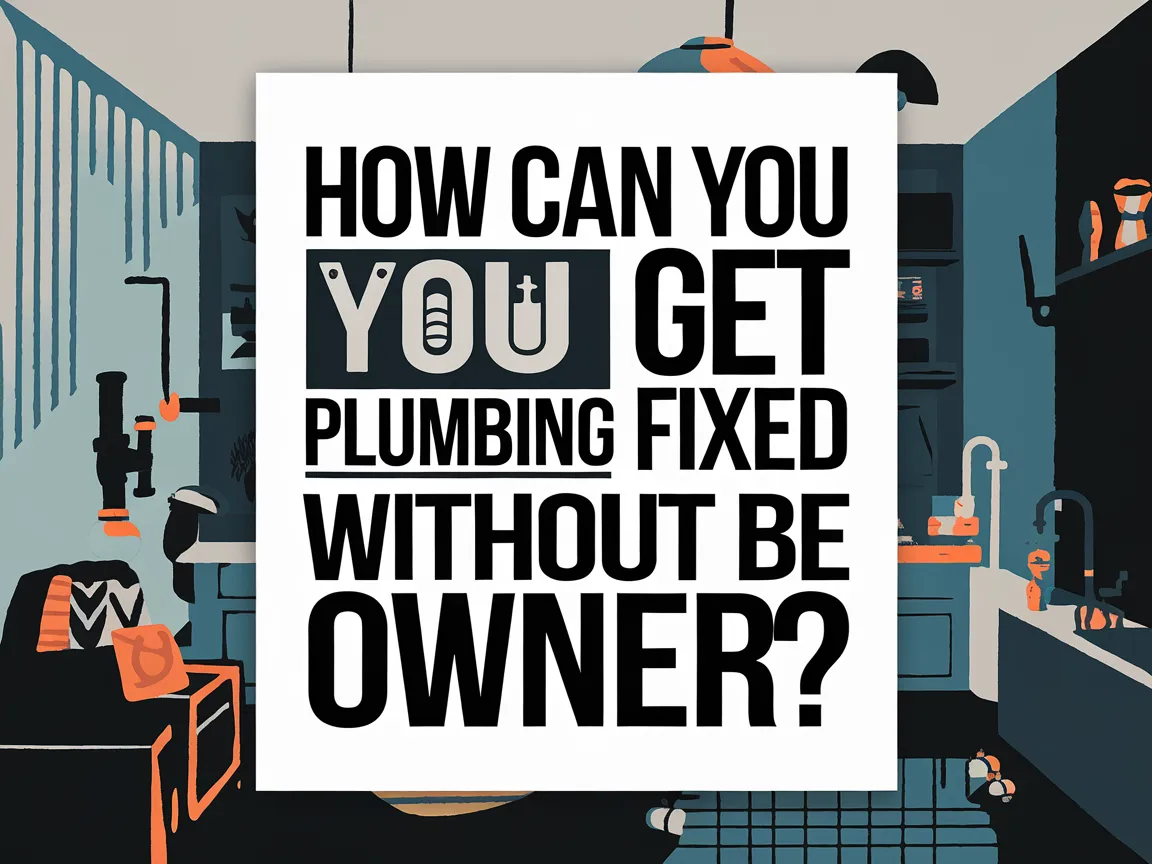What is Rough Plumbing? Demystifying the Basics for Anaheim Hills Homeowners
Published on: March 19, 2025 | Last Updated: March 19, 2025
Written By: anaheimplumbers
Hey there, homeowner! So you’re curious about what rough plumbing is, huh? You’re not alone. Many folks in Anaheim Hills have questions about this foundational aspect of plumbing. Whether you’re planning a renovation, fixing up a new place, or just satisfying your curiosity, you’ve come to the right spot.
I totally get it. This whole plumbing thing can feel overwhelming sometimes. But don’t worry, I’m here to help you understand rough plumbing and its importance. With years of hands-on experience right here in the OC, I’ve tackled my fair share of rough plumbing projects and learned what matters the most.
In this guide, I’ll walk you through what constitutes rough plumbing, the specific tools and materials you’ll need, the costs involved, and when it might be time to call in the pros for help. You’ll see that understanding rough plumbing isn’t just helpful – it can make all the difference in your home projects.
Page Contents
- 1 What is Rough Plumbing?
- 2 Key Takeaways About Rough Plumbing
- 3 Understanding Rough Plumbing: Detailed Insights and Definitions
- 4 Rough Plumbing Concepts: Comparing and Contrasting with Related Topics
- 5 Essential Techniques for Rough Plumbing Installation
- 6 Rough Plumbing Challenges and Solutions
- 7 Cost Associated With Rough Plumbing Projects
- 8 When to Hire Expert Services for Rough Plumbing Needs
- 9 Frequently Asked Questions About Rough Plumbing
- 10 Final Thoughts on Rough Plumbing and Its Importance
- 11 Useful References for You:
What is Rough Plumbing?
Rough plumbing is the first stage of a plumbing system, involving the installation of pipes and fixtures before walls and floors are finished. Key considerations during this phase include adherence to local codes and future accessibility, both of which are crucial for ensuring effective water flow and drainage throughout your home.
Key Takeaways About Rough Plumbing
Here’s what you’ll learn about rough plumbing throughout this article:
- Understand the basics of rough plumbing and its essential role in home construction.
- Get familiar with the various components involved in rough plumbing systems.
- Learn how rough plumbing differs from related plumbing concepts.
- Discover the potential costs and the importance of knowing when to hire an expert.
Understanding Rough Plumbing: Detailed Insights and Definitions
Definition of Rough Plumbing
So, what is rough plumbing? It’s the foundational work of your home’s plumbing system. In simple terms, it’s the work that’s done before all the pretty finishes get put into place. This phase includes laying down pipes, sewer lines, and water supply lines, which are mostly hidden from view. I recall my first rough plumbing project in a charming Anaheim Hills home, where it was crucial to get everything right to ensure the beauty above ground could function seamlessly.
Importance of Rough Plumbing in Construction
Rough plumbing lays the groundwork for a reliable plumbing system. Neglecting this step can lead to leaks and water damage in the long run. I once had a client, a stoked family in OC, who faced significant issues because their contractor rushed through the rough-in phase. It made the finished product look great but hid future problems. Trust me; it’s much easier and cheaper to get it right at this stage.
Main Components of Rough Plumbing
The rough plumbing system primarily comprises pipes, fittings, and the essential ventilation and drainage systems. For effective performance, it’s advisable to use PVC (Polyvinyl Chloride) for waste lines and CPVC (Chlorinated Polyvinyl Chloride) for hot water applications, as well as considering copper pipes in some cases. However, loosening plumbing fittings can often be a challenge. Understanding the proper techniques can save you both time and effort. For example, during a recent job in Anaheim Hills, choosing the right type of pipe to manage varying temperatures was crucial for future planning; after all, ensuring a fire-safe line is vital to prevent catastrophic leaks! If you’re looking for practical tips on tackling those stubborn connections, feel free to explore this guide on how to loosen plumbing fittings.
Additionally, it’s important to consider the layout of your space—are you working with a slab or a raised foundation? Each of these scenarios requires a different approach to plumbing. The strategic placement of pipes is essential, as it can significantly impact water pressure and facilitate future repairs. I found it necessary to diligently consult city codes and restrictions, including HOA guidelines, to avoid any compliance issues. While managing plumbing repairs, one may also encounter problems such as leaks, where a skilled plumber can provide effective solutions. If you’re particularly concerned about gas lines, understanding how a plumber can fix a gas leak becomes crucial for ensuring both safety and functionality in your home.
The age of your home significantly influences its plumbing system, particularly in older neighborhoods that often grapple with outdated plumbing codes. If you are considering upgrading fixtures, such as installing a larger shower head, you may need to rethink the existing piping configuration, which requires careful planning. Awareness of how specific materials impact your plumbing can help you avoid potential clogs. For instance, I highly recommend learning more about the effects of certain brands on plumbing systems—many homeowners have found that products like Charmin can lead to issues. You can find detailed information about this by reading about Charmin and plumbing clogs. Moreover, understanding the various types of transition fittings is crucial for maintaining a balanced and efficient plumbing system.
From my professional experience in this space, I interacted extensively with a variety of plumbing tools—like trenchers and snaking equipment. Getting the right riser can make or break the project. Over my career, I’ve personally handled over a hundred rough-in jobs across the fantastic neighborhood of Anaheim Hills. Ensuring every measurement at a five-inch variance can save you from later headaches. Preventing the need to tear down walls is a priority for all of us!

Rough Plumbing Concepts: Comparing and Contrasting with Related Topics
Understanding rough plumbing becomes easier when you compare it with other plumbing types. Let’s break down these concepts:
Rough Plumbing vs. Traditional Plumbing
Rough plumbing lays the framework of your plumbing system without any fixtures, such as sinks or toilets. Traditional plumbing, on the other hand, incorporates these fixtures. Think of rough plumbing as the skeleton of your system, while traditional plumbing covers the aesthetic elements and usability. This differentiation is crucial for anyone undertaking construction or renovation in Anaheim Hills.
Rough Plumbing Fittings
Rough plumbing fittings are essential components that secure your pipes together, creating a reliable plumbing system. Among these, PVC fittings have gained immense popularity in Southern California, thanks to their durability and ability to withstand the region’s climate. I consistently remind my apprentices to verify that their fittings comply with local building codes, as neglecting this crucial step could lead to expensive corrections down the line. By understanding what rough plumbing entails, you can make more informed decisions about your project. For additional insights on this topic, you can find useful information about it here.
Interpreting Rough-in Plumbing Diagrams
If you’ve ever tried to read a rough-in plumbing diagram and felt confused, you’re not alone! These diagrams serve as blueprints, detailing where each component is installed before the walls are closed up. I vividly remember working on a new build in Anaheim Hills where misinterpretation of the diagrams led to the toilet placement being off. Proper interpretation is vital to prevent such costly mistakes!
Residential Plumbing Rough-in Techniques
The techniques for residential rough-in plumbing can vary significantly depending on the project’s specifics. Once I have thoroughly planned the placement of the fixtures, I begin by laying out my PEX (Cross-linked Polyethylene) and copper lines. A successful rough-in is crucial as it sets the stage for a smooth finish plumbing phase, ultimately preventing numerous future headaches. An essential concept in this context is wet venting, which allows multiple fixtures to share a single vent pipe, thereby optimizing the efficiency and design of the plumbing system. To deepen your understanding of this vital aspect, you can explore what a wet vent is.
Examining Plumbing Rough-in Costs
The costs associated with plumbing rough-in can vary significantly depending on the size of your home and the complexity of your plumbing system. Typically, these expenses range from $1,500 to $5,000 or more in the Anaheim Hills area. This investment often pays off in the long run, as a well-planned system helps everything run smoothly. I’ve assisted many clients in recognizing that proactive budgeting for plumbing can make future issues much less daunting! If you’re thinking about a major renovation project, you may want to explore whether a homeowner can replace their plumbing system in Anaheim Hills.
Rough-in Plumbing vs. Finish Plumbing
Rough-in plumbing refers to the unseen pipework, while finish plumbing involves the installation of visible components, such as faucets and fixtures—the elements that add character to your home. It’s like the difference between the skeleton and the well-dressed body!
What is Finish Plumbing?
Finish plumbing is where the real transformation occurs—it’s the phase when beautiful sinks, luxurious showerheads, and exquisite fixtures that enhance your home truly come into play. I can assure you, when I finalize a bathroom project, that’s when the magic happens, tying all the elements together seamlessly! Moreover, to create a stunning outdoor space, I also focus on how to plumb a swimming pool, ensuring that every detail contributes to an inviting atmosphere.
What Comes After Rough-in Plumbing?
Once rough-in plumbing is complete, the focus shifts to finish plumbing. At this stage, a final inspection is recommended to ensure everything meets building codes and standards. This proactive measure helps avoid future mishaps, especially during California’s fire season—preventing potential disasters is key!
- Rough plumbing vs. traditional plumbing: Rough plumbing lays the groundwork, while traditional plumbing includes fixtures.
- Rough plumbing fittings: Connectors for pipes, such as PVC fittings, that help withstand the California climate.
- Rough-in plumbing diagram: Maps showing where piping goes before walls are closed.
- Residential plumbing rough-in: Techniques for placing pipes and lines in homes.
- Plumbing rough-in cost: Average costs range from $1,500 to $5,000, making it a worthwhile investment.
- Rough-in plumbing vs. finish plumbing: Rough-in focuses on pipe installation; finish emphasizes aesthetics.
- What is finish plumbing? The installation of sinks and fixtures that finalize your plumbing setup.
- What comes after rough-in plumbing? Transition to finish plumbing to ensure everything is properly completed!
Essential Techniques for Rough Plumbing Installation
This section dives into the techniques and best practices for properly installing rough plumbing to set a solid foundation for your home.
Planning and Layout Techniques
The planning stage is crucial for any plumbing project. Start by creating a detailed layout of your plumbing system; using graph paper or specialized plumbing software can greatly assist in visualizing the proposed installations. Additionally, if you require guidance on connecting your air compressor to your plumbing system, be sure to explore this helpful resource on how to plumb air compressor lines, which will ensure that everything runs smoothly throughout the process.
- Measure Twice, Cut Once: Always double-check your measurements to avoid costly mistakes.
- Consider Future Access: Plan for maintenance and accessibility, especially in tight spaces.
- Follow Local Codes: Ensure your plans comply with Anaheim Hills’ building regulations.
Pipe Installation Strategies
When it comes to laying down pipes, the following techniques can be incredibly beneficial:
- Slopes for Drainage: Ensure pipes slope towards the drain to prevent clogging, ideally a quarter inch for every foot of horizontal run.
- Secure with Straps: Use pipe straps to secure pipes to walls to prevent unwanted movement during temperature changes.
- Leave Room for Expansion: Materials like PEX require space for expansion; avoid locking them down too tightly!
Common Pitfalls to Avoid
Being aware of potential pitfalls can save you from future headaches:
- Ignoring Ventilation: Always include vent pipes, which are essential for maintaining proper air pressure in the plumbing system.
- Missing Cleanouts: Install cleanout access points in case of future blockages—they can save a lot of frustration!
- Overlooking Local Regulations: Your system must adhere to local codes to prevent costly corrections.
Rough Plumbing Challenges and Solutions
There are unique challenges within rough plumbing, and understanding them can help you manage potential issues before they arise.
Dealing with Existing Structures
When working with older homes in Anaheim Hills, you may encounter some obstacles:
- Old Pipes: Be prepared for outdated materials; consider upgrading during the rough plumbing phase.
- Unexpected Structural Changes: Foundations may shift. Ensure comprehensive assessments are done before laying pipes!
Weather Considerations
The California climate can impact your plumbing work significantly:
- Heat Effects: Be aware that summer heat can affect PVC and PEX pipes, causing them to expand. It’s essential to account for this in your planning!
- Rain Season Prep: During rainy months, consider temporary measures to protect exposed plumbing installations.

Cost Associated With Rough Plumbing Projects
The cost of rough plumbing projects typically ranges from $1,500 to $5,000, depending on the project’s scale and the materials used. It’s important to note from my experience that hidden costs can emerge, such as the need to fix old pipes or address inaccuracies in existing plans. To prepare for these potential surprises, budgeting an additional 10-20% is advisable. Generally, I recommend allowing about a week for a standard project; however, larger renovations may extend to two or three weeks. In my experience, most projects tend to settle around the $2,500 mark, which provides a solid estimate to guide your planning. Another crucial aspect to consider during renovations is the house trap, as it can significantly impact your plumbing efficiency. If you’re unsure about its relevance, you can explore more about house trap plumbing to determine if it should be a factor in your project.
Cost Breakdown Table:
| Cost Component | Estimated Low Cost | Estimated High Cost |
|---|---|---|
| Materials | $500 | $1,500 |
| Labor | $1,000 | $2,000 |
| Permits | $100 | $400 |
| Unexpected Expenses | $200 | $1,000 |
When to Hire Expert Services for Rough Plumbing Needs
When confronted with stubborn plumbing issues, it’s often necessary to call in the professionals. It’s essential to seek out experts with excellent reviews and a proven track record—knowledge I’ve gained through years of experience! Before hiring a plumber, it’s wise to consider the costs associated with plumbing work, as this will help you budget accordingly. For detailed insights, you can find helpful information on the costs of plumbing a house to ensure the job is done right.
Benefits of Hiring a Local Anaheim Hills Plumbing Expert
Hiring local professionals means they’re familiar with the unique plumbing needs of Anaheim Hills. For example, I once tackled a significant rough plumbing job in a home close to the hills, and collaborating with local professionals at Anaheim Hills Plumbers made all the difference!
It’s essential to ensure that all plumbing work complies with local codes and regulations, particularly regarding what is considered rough plumbing.
Frequently Asked Questions About Rough Plumbing
I often get asked about rough plumbing, so here’s a roundup of the most common questions.
What Do I Need for Rough Plumbing?
To successfully complete rough plumbing, you’ll need pipes, fittings, drainage components, and tools like pipe cutters and wrenches. These essentials are necessary to manage your rough plumbing effectively.
Is Rough Plumbing Hard?
No, rough plumbing isn’t necessarily hard, but it does demand a specific skill set and knowledge base. With a good eye for detail and some DIY experience, you can certainly manage rough plumbing tasks. However, it is crucial to recognize the risks associated with plumbing work, as mishandling can lead to serious hazards. For a more comprehensive understanding of these risks, you can explore whether plumbing can be dangerous.
What Comes Before Rough Plumbing?
Before rough plumbing, you’ll typically plan and layout your plumbing system. This planning is essential to ensure your rough plumbing installation goes smoothly.
How Much Does a Rough-in Plumber Cost?
Hiring a rough-in plumber can generally cost between $70 to $125 per hour. Investing in skilled labor is essential to ensure that your rough plumbing installations are done correctly and comply with local codes. However, during the plumbing process, you may encounter a stoppage, which can impact both the overall cost and timeline of the project. If you want to learn more about the nature of these stoppages, you can refer to this resource on what stoppage in plumbing means.
When Should I Schedule Rough Plumbing?
Scheduling rough plumbing should happen early in your renovation process, ideally before sealing walls and floors. Addressing this early ensures alignment with your design plans.
Can I DIY Rough Plumbing?
Yes, you can DIY rough plumbing if you have the proper tools and knowledge. A solid understanding of rough plumbing techniques and local codes will ensure a successful job.
Final Thoughts on Rough Plumbing and Its Importance
So we covered what rough plumbing is, along with in-depth insights about it, comparisons to related plumbing topics, associated costs, and the right time to hire expert plumbing services.
In summary, rough plumbing is the essential groundwork laid before any finishing touches are applied in your home’s piping system. Don’t forget to check out our services at Anaheim Hills Plumbers for any plumbing needs, and feel free to use our chat function for quick estimates and to connect with professional plumbers.
Useful References for You:
- Cauldwell, R. (2017). Plumbing Complete: Expert Advice from Start to Finish. Cool Springs Press.
- Plumbing Rough In: What You Need to Know – Maryland Sewer and Plumbing Service, Inc.
- The Difference Between Rough and Finish Plumbing | Schaible’s Mechanical

